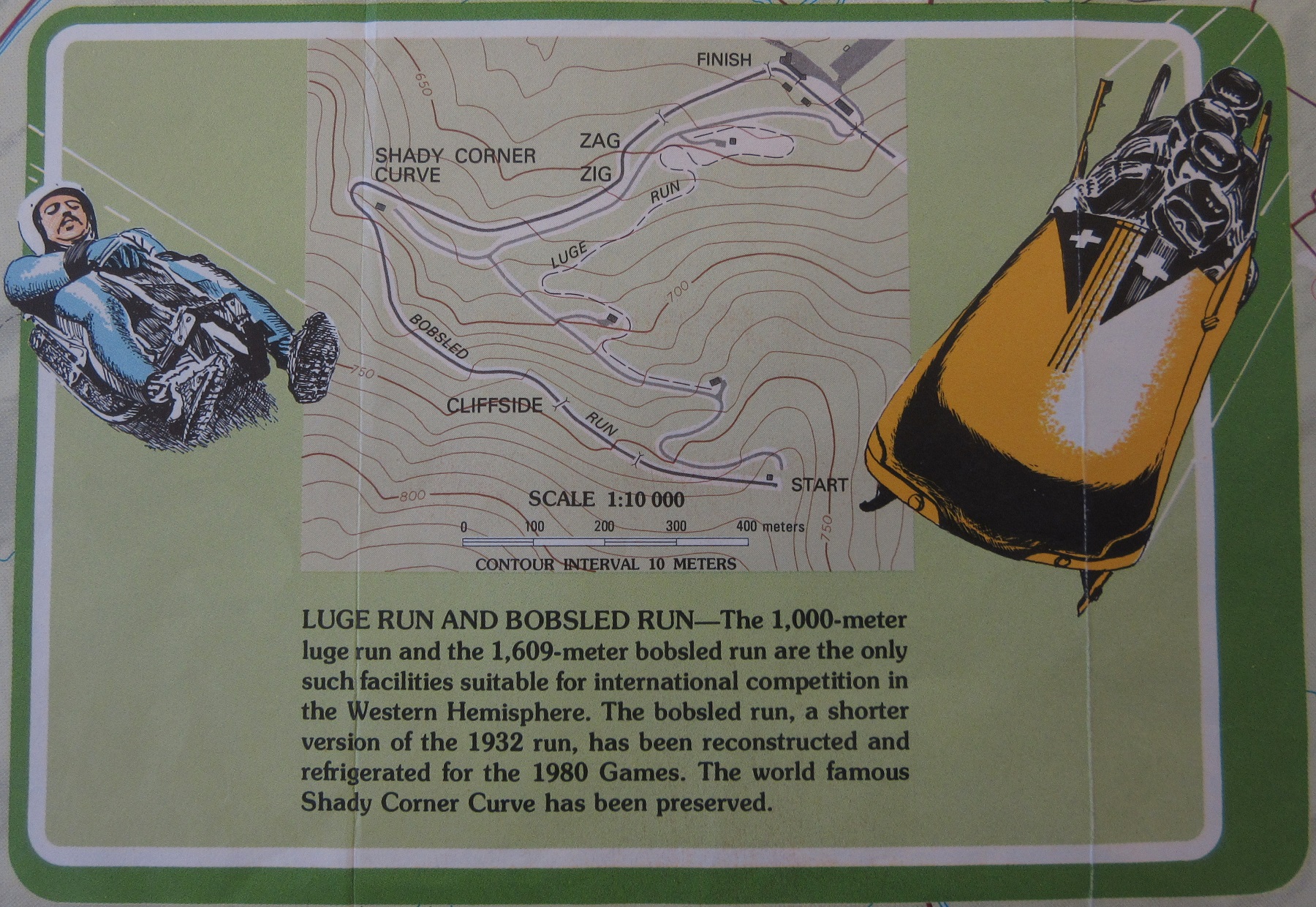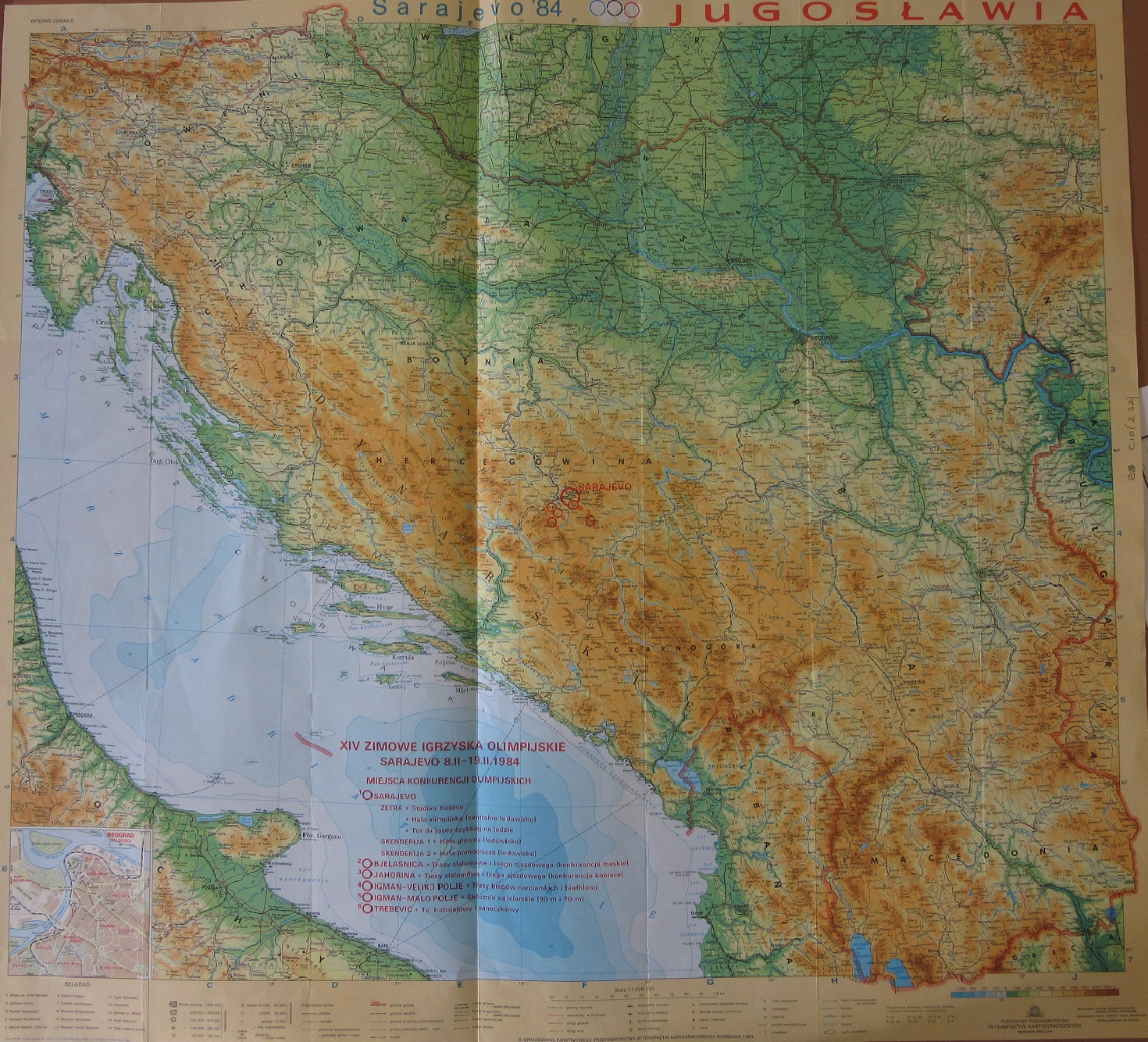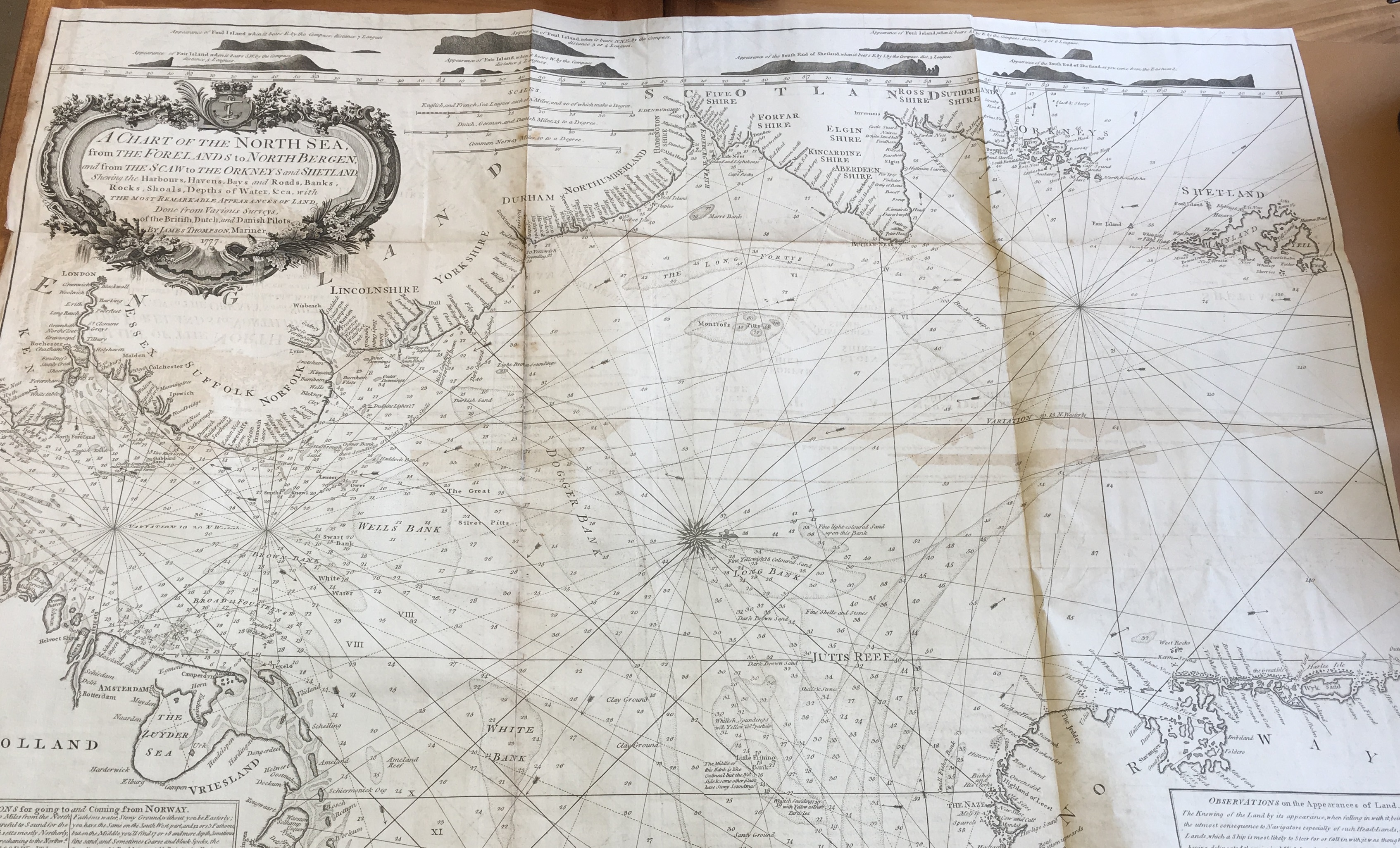This is an interesting example of re-using old stock. James Wyld published in 1845 a ‘Post map of Europe’, showing routes of communication throughout Central Europe.
The map was printed by using a technique called copper-plate engraving. The image would be incised onto the plate which is then inked, the top surface is cleaned leaving the ink in the cuts, paper is then pressed down onto the plate. This plate could then be stored and re-used as needed, either in producing further editions of a popular map or, in this case, by changing some of the details and producing a new map at minimal cost. Being a soft metal meant that it was easy to alter or even remove information.

Images from both the original (top) map and new version (bottom) showing the changes to the date
Front and back covers for the new map, the only real change, along with the removing of the year published, in the map.
Wyld’s Post map, with the removal of the year originally published and given a new cover (but not a new title on the map), becomes ‘Wyld’s map of the theatre of war’, the war being between Prussia and Austria in 1866. The outcome, a relatively easy victory for the Prussian Army in seven weeks led to the creation of the North German Confederation. Following war with France in 1870 the remaining German states joined this Confederation, creating a Germany that was to last until the end of the First World War. Wyld’s map illustrates well the confusing make-up of the different states before unification.
German states. This photo shows how maps intended to be stored folded were protected by being cut into rectangles and then stuck onto linen. If left as a complete map the paper on the folds would quickly deteriorate, linen was a lot more suitable and long-lasting folded.
James Wyld was the middle of three cartographers, father, son and grandson, all called James. The father was Geographer to George IV and William IV while the James who produced this map was Geographer to Queen Victoria. As well as produced a large number of maps he also created
and exhibited a ‘Monster Globe’ for the Great Exhibition in 1851. This was a giant model of the Earth which was viewed from the inside.


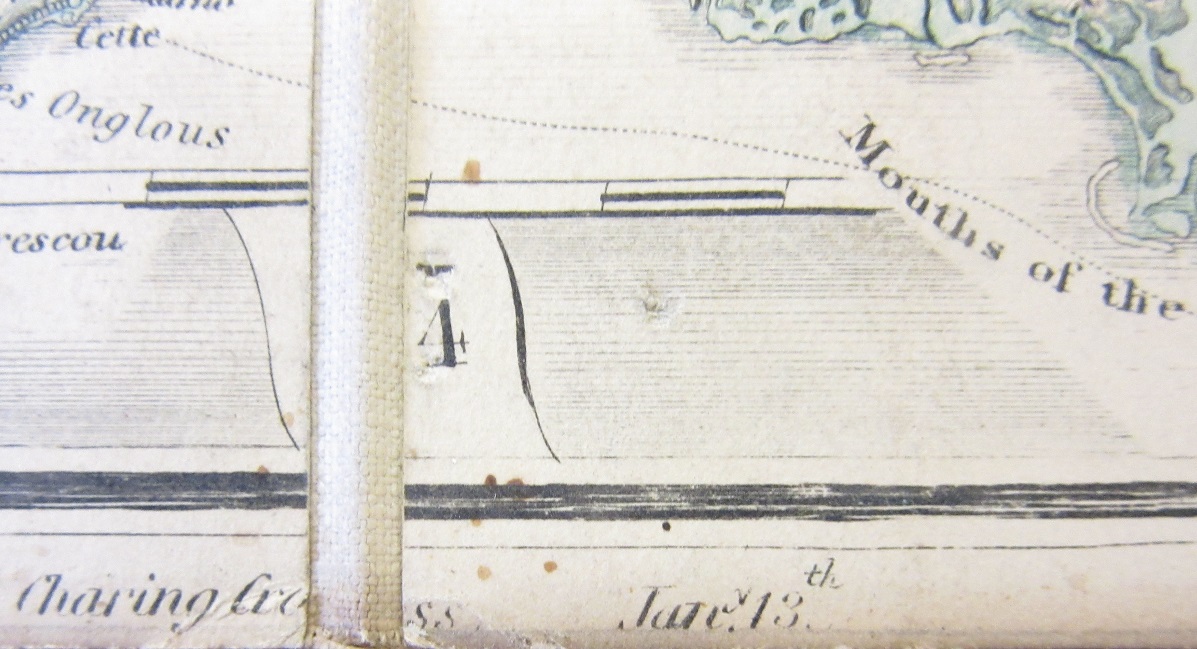
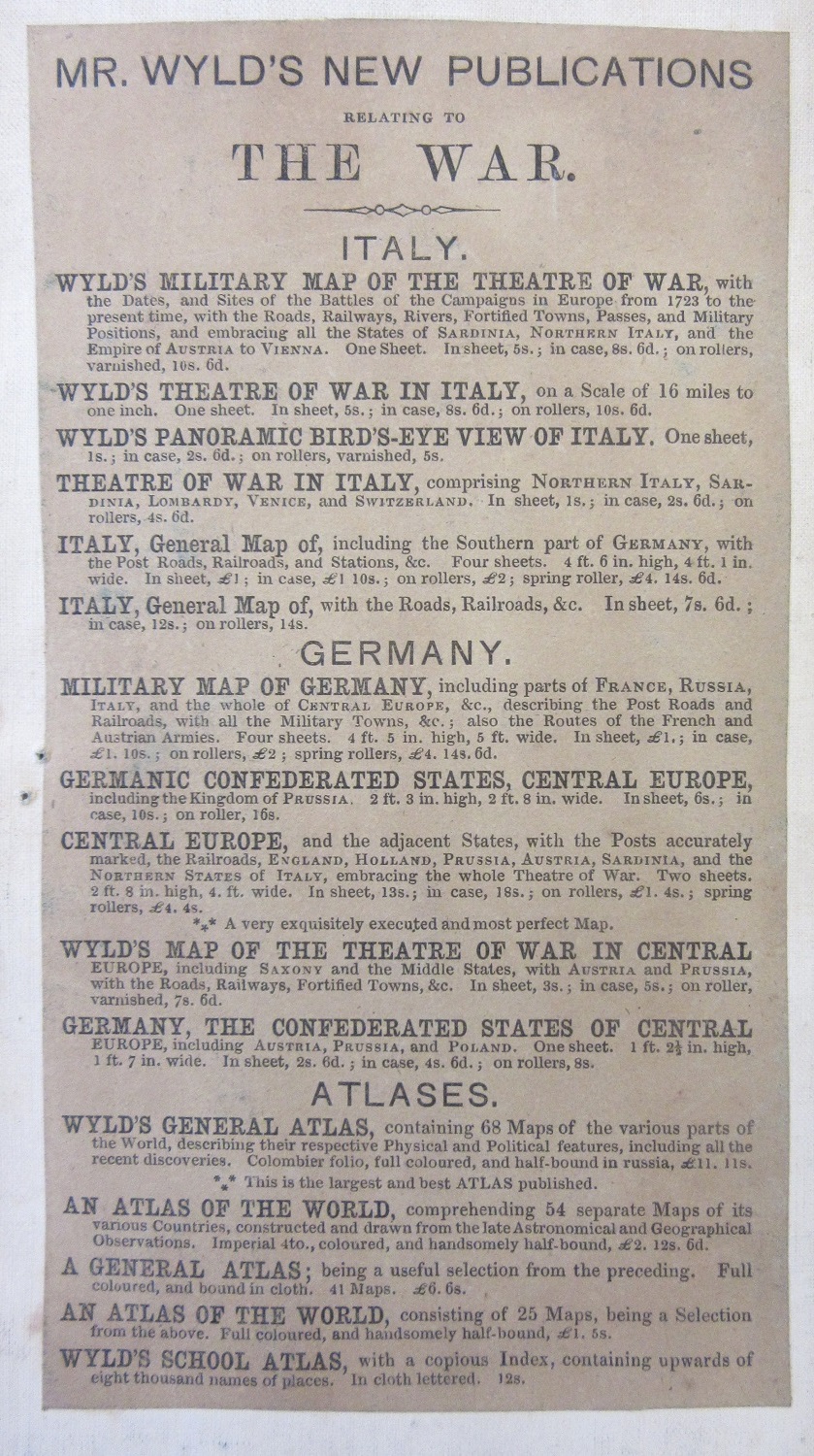






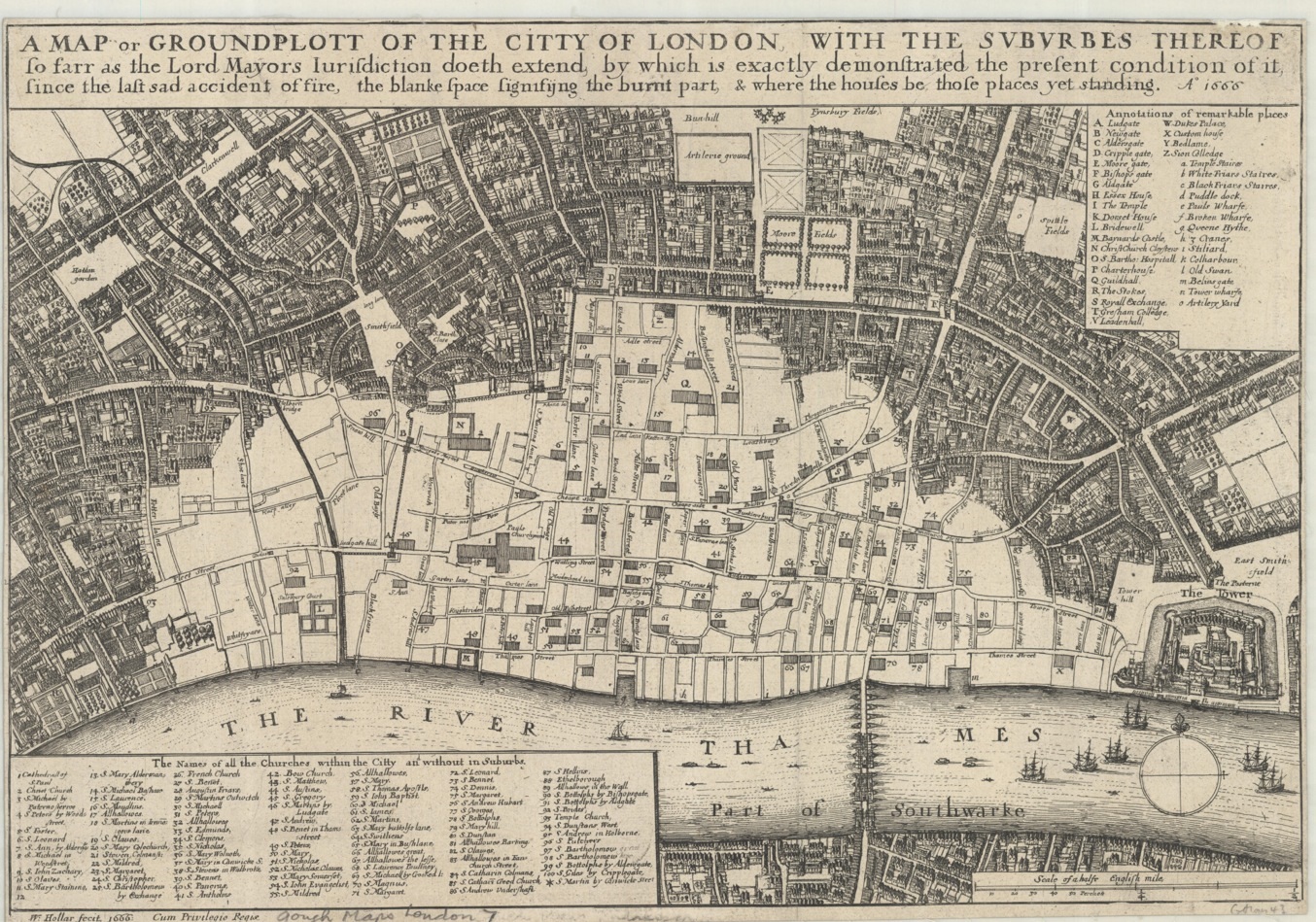
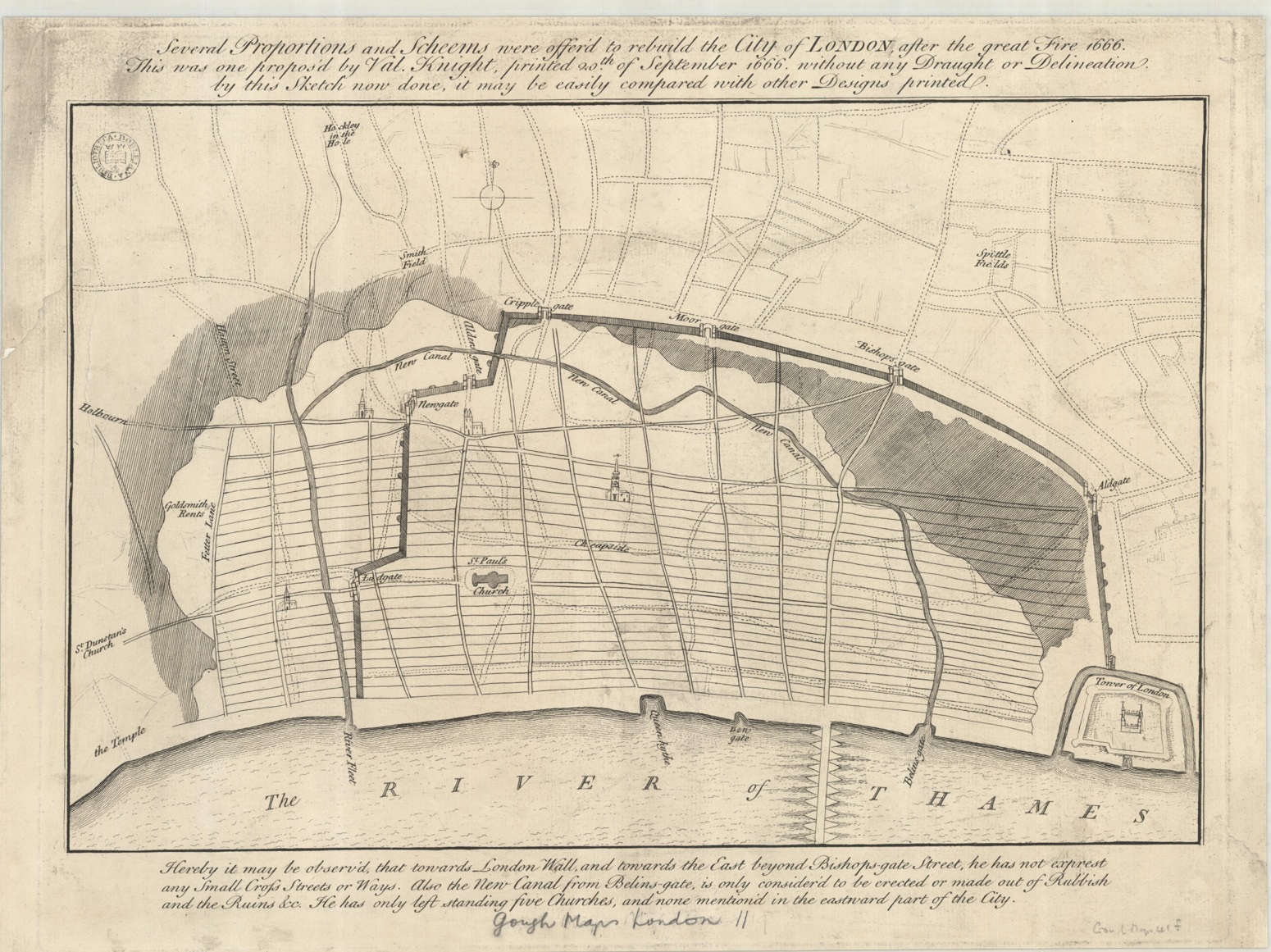




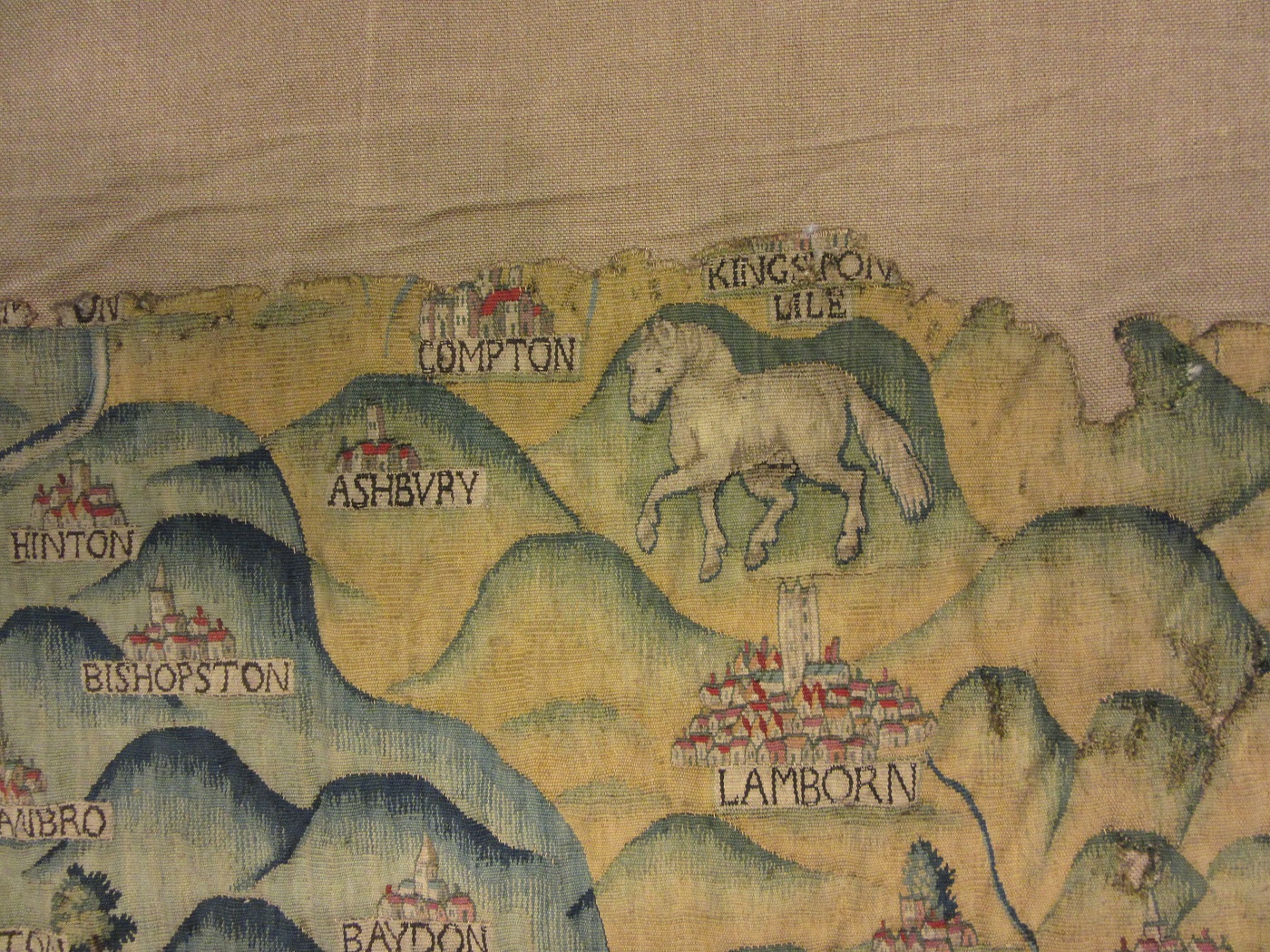
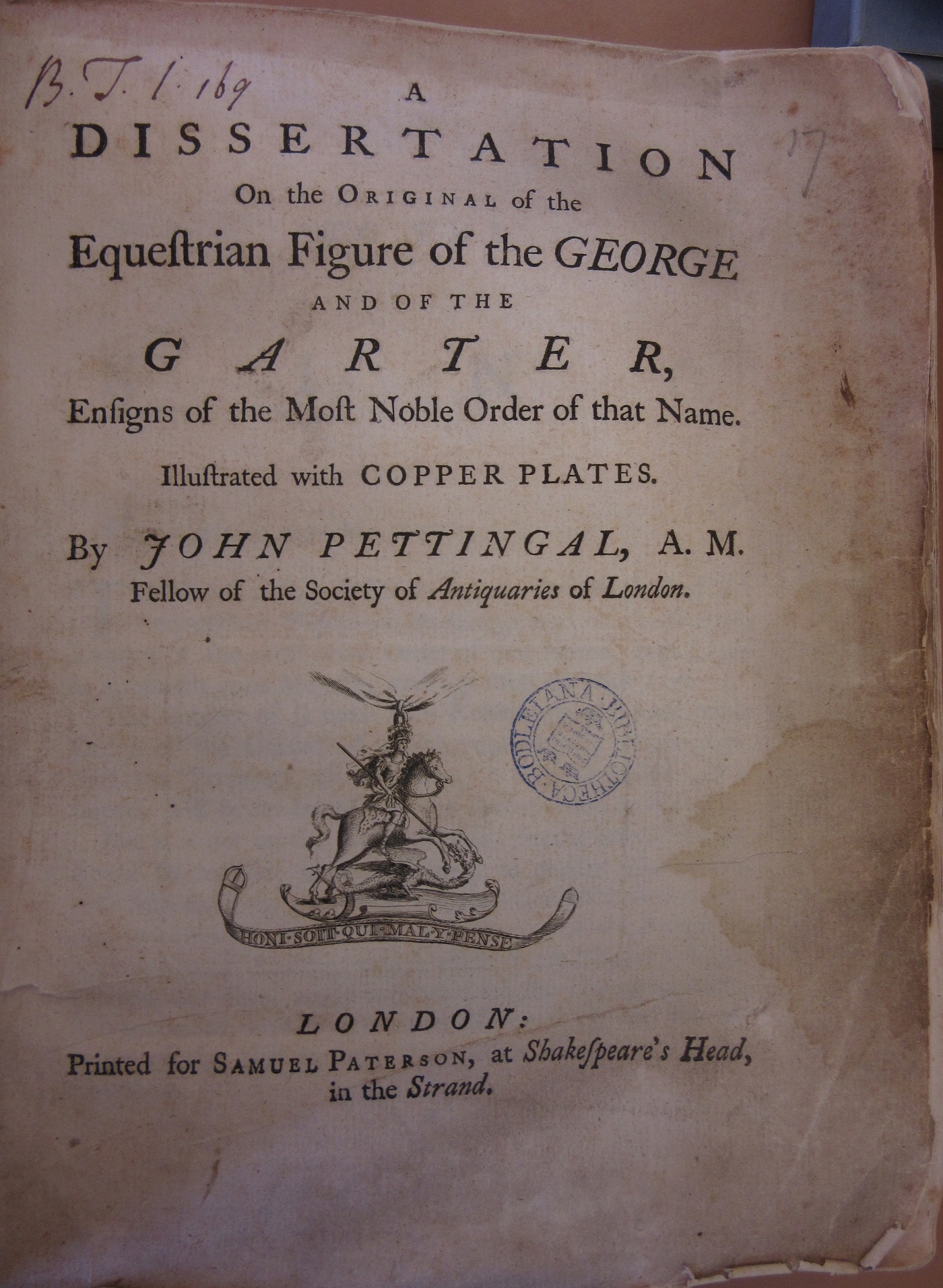




 The majority of maps held in the collection are designed for the visitor, and show locations with text and information, promotional items which in the earliest examples were often part of a general map of a city – such as the 1936 map of Berlin, below – though of the 11 maps held on the Olympics in London in 2012 4 deal with the planning and design of the sites. The Lake Placid games were held in the Adirondack National Park, a mountainous range in North-eastern New York State, a popular winter sports destination which had already held a Winter Olympics in 1932. The map is produced by the U.S. Geological Survey, the national mapping agency for the United States and includes insets showing the lay-outs of the separate sporting areas around the village, including the Luge and Bobsleigh, the Down-Hill course and Village and Olympic centres.
The majority of maps held in the collection are designed for the visitor, and show locations with text and information, promotional items which in the earliest examples were often part of a general map of a city – such as the 1936 map of Berlin, below – though of the 11 maps held on the Olympics in London in 2012 4 deal with the planning and design of the sites. The Lake Placid games were held in the Adirondack National Park, a mountainous range in North-eastern New York State, a popular winter sports destination which had already held a Winter Olympics in 1932. The map is produced by the U.S. Geological Survey, the national mapping agency for the United States and includes insets showing the lay-outs of the separate sporting areas around the village, including the Luge and Bobsleigh, the Down-Hill course and Village and Olympic centres.